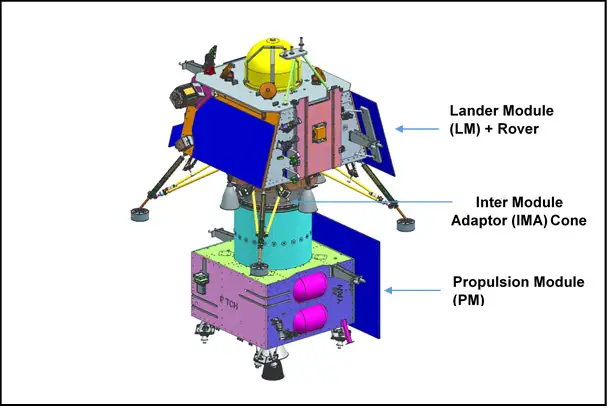Introduction:
In the realm of space exploration, India has emerged as a rising star, continually pushing boundaries and making significant strides. Following the success of Chandrayaan-1 and Chandrayaan-2, the Indian Space Research Organisation (ISRO) is now gearing up for its next ambitious mission, Chandrayaan 3. With the upcoming launch scheduled for July 14, 2023, this blog will delve into the details of Chandrayaan 3, its objectives, technological advancements, and the potential impact it holds for India and the world.
Setting the Stage: The Legacy of Chandrayaan 1 and 2
Chandrayaan-1, launched in 2008, marked India's first lunar mission and was instrumental in confirming the presence of water molecules on the Moon's surface. Building upon this success, Chandrayaan-2, launched in 2019, aimed to land a rover on the lunar surface. Though the lander didn't execute a soft landing, the orbiter continues to orbit the Moon and provide valuable data. These missions laid the foundation for India's lunar exploration program, leading to the highly anticipated Chandrayaan 3.
Objectives of Chandrayaan 3:
Chandrayaan 3 is primarily focused on achieving the objective that Chandrayaan-2 narrowly missed: a soft landing on the lunar surface. The mission aims to demonstrate India's ability to land precisely on the Moon, expanding our understanding of the lunar terrain and performing scientific experiments. Chandrayaan 3 will also carry advanced instruments to analyze the lunar soil, rocks, and atmosphere, further unraveling the mysteries of the Moon.
Technological Advancements:
Chandrayaan 3 will feature several technological enhancements to improve upon the previous missions. The lander and rover components will undergo design modifications, incorporating lessons learned from Chandrayaan-2's landing attempt. These modifications aim to increase the chances of a successful soft landing, ensuring higher precision and reliability. ISRO is also collaborating with international partners to leverage their expertise and optimize the mission's scientific capabilities.
Collaboration and Global Partnerships:
Recognizing the importance of collaboration in space exploration, ISRO has actively sought partnerships with international space agencies and organizations for Chandrayaan 3. These collaborations facilitate knowledge sharing, resource pooling, and technology transfer, fostering a collective effort to advance lunar exploration. By joining forces with other nations, India can leverage its collective expertise and resources, accelerating the progress of Chandrayaan 3.
Potential Impact and Future Prospects:
Chandrayaan 3 holds immense potential for India's scientific community and the global space exploration landscape. A successful soft landing will boost India's capabilities in space technology and inspire future generations to pursue careers in science and engineering. The mission's scientific discoveries and data will contribute to our understanding of the Moon's geology, evolution, and potential resources. Furthermore, the mission's success will solidify India's position as a major player in the global space arena and pave the way for more ambitious endeavors, such as manned lunar missions.
Conclusion:
With the upcoming launch of Chandrayaan 3 on July 14, 2023, India is poised to take its next giant leap toward lunar exploration. This mission represents India's unwavering commitment to space exploration and scientific advancement. With its enhanced design, improved landing capabilities, and scientific objectives, Chandrayaan 3 aims to leave an indelible mark on lunar exploration. As India prepares to embark on this exciting endeavor, the world eagerly anticipates the success of Chandrayaan 3, knowing that it will bring us closer to unlocking the secrets of the Moon and expanding our horizons in space exploration.



Comments
Post a Comment